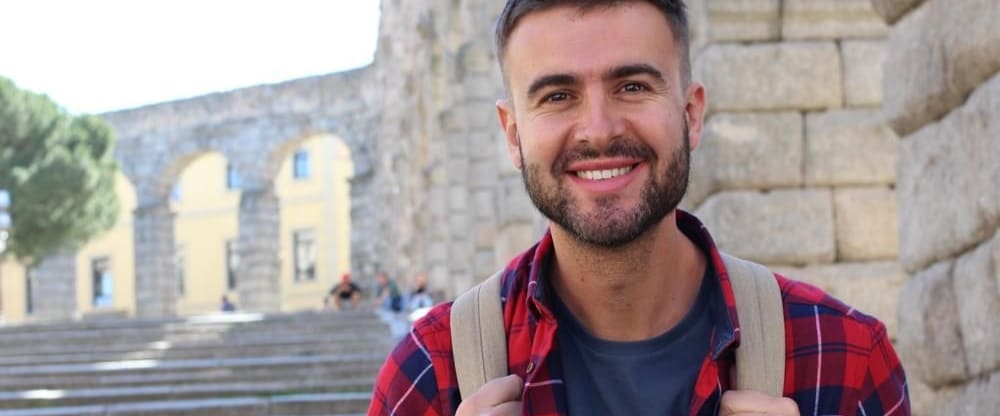Who Owns Your Work?
You work. You work a lot. You produce papers, theses, prototypes, and lab results. You write about all of it. It's yours, right? The answer gets murky, especially if you do something that launches your university into the academic spotlight. Confused? You thought you owned all of your work? Rest easy. You might. You might not. You need to understand how intellectual property works, your rights, your responsibilities, and how to navigate the gray areas. Let's take a closer look.
- Education
- Student Tips

You work. You work a lot. You produce papers, theses, prototypes, and lab results. You write about all of it. It’s yours, right?
Wait—you’re doing all of this work at your university? The answer gets murky, especially if you do something that launches your university into the academic spotlight.
Confused? You thought you owned all of your work? Rest easy. You might. You might not. You need to understand how intellectual property works, your rights, your responsibilities, and how to navigate the gray areas.
Here’s what you need to know about intellectual property—and your rights.
Intellectual Property (IP): The Basics
According to the World Intellectual Property Organization, IP refers to “creations of the mind, such as inventions; literary and artistic works; designs’ and symbols, names and images used in commerce.”
The law protects IP with patents, copyright, trademarks, industrial designs, and geographical indications so that people can earn recognition or financial compensation from what they invent or create.
The purpose of the protection? To stimulate the human capacity for creativity for the greater good, and not exploiting the creator.
IP rights can have a direct impact on academia, industry, and trade—and can prevent the production of certain products.
IP protections favors publication and public sharing but protects the rights of the human creator.
Two Channels: Copyrights and Patents
There are two major ways to protect your IP at the university level: copyrights and patents. Here’s what you need to know:
Copyrights
Copyrights give the individual the “sole and exclusive” privilege to copy, distribute, and use their work.
What can you get a copyright for? Books, poems, painting, computer programs, publications, artwork, processes. The creator can register the copyright, but you don’t need to register it to have valid, copyrighted work. A copyright holder can allow others to use their work through exclusive licensing.
Patents
In the US, a patent is a government-issued grant to a patent holder, which gives the patent holder certain rights.
Patents describe an invention and the legal scope of its defined work.
Creators can apply for patents for processes, machines, new products, and product improvements.
What can’t be patented? Theories, ideas, laws of nature, and scientific principles.
How do you know if you own your work?
It’s hard to tell, depending on your university and country.
A lot depends on your institution’s rules for the type of creator you are—student, visiting researcher, etc; the type of work; the use of institutional funds, and whether the work is created by one individual or a group.
How do you tell? You need to study the policies of the university or institution, individual contractual agreements, and applicable IP law.
Confused? You should be.
Bottom line? Do your homework. Most universities own the ideas and technologies invented by the people who work for them. They also own inventions created by students—even undergraduates.
If you’re not sure and you want clarification on who owns your great idea, make a few phone calls or schedule a few appointments. First one? The US patent office. Second one? Your university president’s office.
Get their policies in writing and make sure you understand what they mean so that you face no surprises regarding royalties or “fees.”
Inspired? We hope so.
Learn more about intellectual property.


